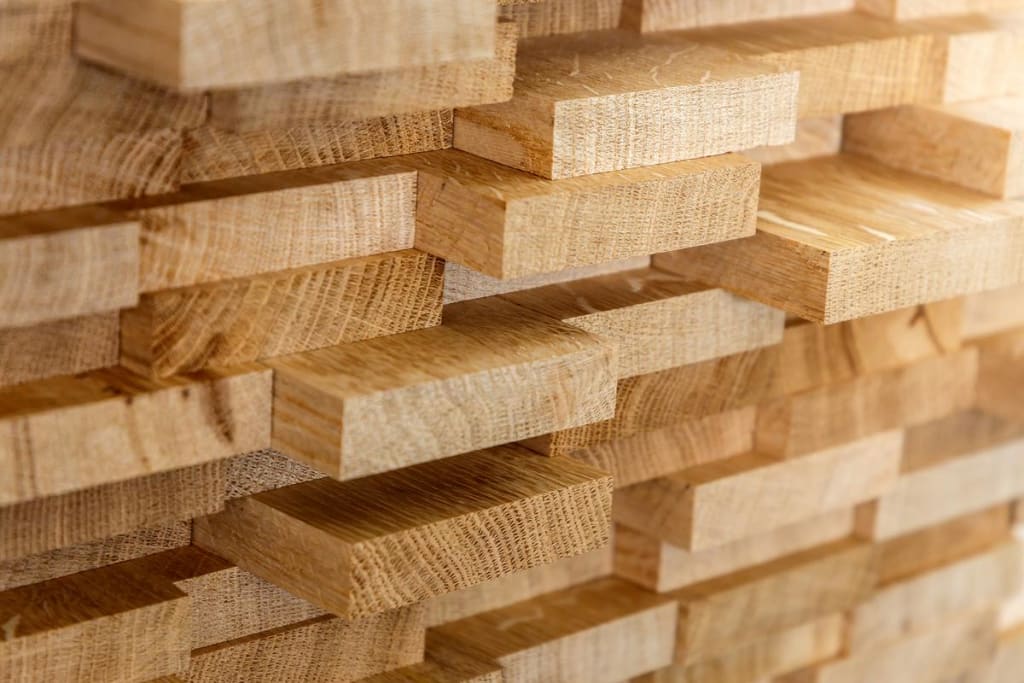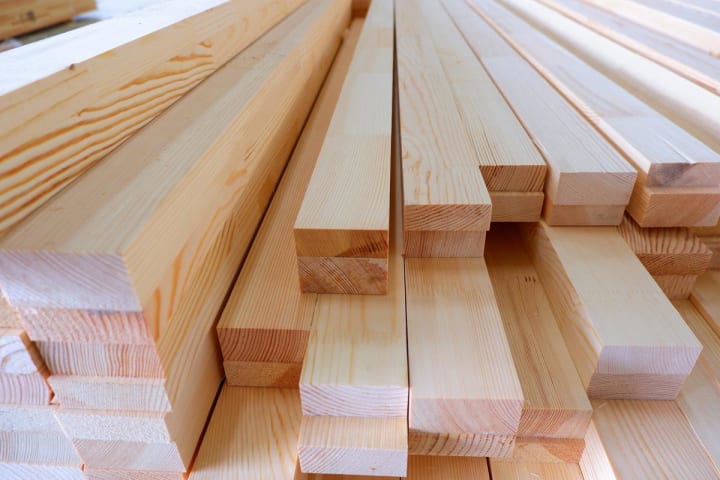
Using high-quality timber is essential for achieving the desired results for home improvement projects. However, finding affordable timber suppliers can be a challenge for many enthusiasts. This article will explore the world of timber suppliers and provide valuable insights into finding affordable options without compromising quality.
Importance of Quality Timber
Quality timber is crucial for your home improvement projects' structural integrity and overall aesthetics. It ensures durability, strength, and a visually appealing finish. By choosing Affordable Timber Suppliers in abu dhabi you can enhance the value of your property and enjoy long-lasting results.
Factors to Consider When Choosing Timber Suppliers
Before searching for affordable timber suppliers, it's essential to consider a few factors that will help you make an informed decision. These factors include:
Reputation and experience of the supplier
Range of timber products available
Timber sourcing and sustainability practices
Customer reviews and testimonials
Pricing and affordability
Popular Types of Timber for Home Improvement Projects
There are several popular types of timber commonly used in home improvement projects. These include:
Hardwoods: Oak, mahogany, teak
Softwoods: Pine, cedar, spruce
Engineered wood: Plywood, MDF, particle board
Each timber type has unique characteristics, advantages, and applications. Understanding the properties of different timbers will help you choose the right one for your project.
Finding Affordable Timber Suppliers
Finding affordable timber suppliers can be a daunting task. Still, it's possible to balance cost and quality with the right approach. Here are some practical ways to find affordable timber suppliers:
Research online: Explore websites, forums, and social media platforms to discover reputable timber suppliers offering competitive prices.
Local hardware stores: Check out your local hardware stores and building supply centers to compare prices and quality.
Seek recommendations: Ask for recommendations from friends, family, or fellow DIY enthusiasts who have recently purchased timber.
Attend trade shows: Visit trade shows and exhibitions related to construction and home improvement to connect with timber suppliers directly.
Tips for Saving Money on Timber Purchases
If you're looking to save money on timber purchases without compromising on quality, consider the following tips:
Buy in bulk: Purchasing more significant quantities of timber can often result in discounted prices.
Look for sales and promotions: Look for seasonal sales or special promotions suppliers offer.
Consider alternative timber options: Explore lesser-known timber varieties that may be more affordable but still suitable for your project.
Opt for standard sizes: Custom-sized timber can be more expensive, so choosing standard sizes can help reduce costs.
Evaluating the Quality of Timber
To ensure you're getting good quality timber, pay attention to the following aspects:
Moisture content: Opt for timber with the appropriate moisture content to prevent warping or shrinking.
Visual defects: Inspect the timber for visible defects such as cracks, knots, or fungal growth.
Grading standards: Familiarize yourself with the grading standards specific to the type of timber you require.
Treatment and preservation: Inquire about the timber treatment process and its impact on durability.
Timber Treatment and Preservation Techniques
Timber treatment and preservation are essential to protect it from decay, insects, and weathering. Standard treatment methods include pressure treatment, chemical treatments, and applying protective coatings. Familiarize yourself with these techniques to ensure the longevity of your timber projects.
Timber Delivery and Handling
When the timber arrives, proper handling is crucial to avoid damage and ensure safety. Follow these guidelines:
Inspect the delivery: Check the timber upon arrival for any visible damage or discrepancies.
Store timber properly: Keep the timber in a dry and well-ventilated area, away from direct sunlight and moisture.
Follow safety precautions: Wear appropriate protective gear when handling timber, especially when using power tools.

Common Mistakes to Avoid When Buying Timber
To avoid common pitfalls when purchasing timber, keep the following mistakes in mind:
Neglecting quality for cost savings
Overlooking timber grading standards
I am not considering project requirements and timber suitability.
Ignoring customer reviews and recommendations
Sustainable Timber Practices
As a responsible consumer, it's essential to consider sustainability when buying timber. Look for suppliers who source timber from sustainable and well-managed forests. Certification schemes such as FSC (Forest Stewardship Council) ensure that timber products are harvested and produced environmentally and socially responsibly.
Conclusion
Finding affordable timber suppliers for your home improvement projects is crucial to achieving the desired results without breaking the bank. You can strike the right balance between affordability and quality by considering factors such as reputation, timber quality, sustainability practices, and cost-saving tips. Remember to choose suppliers wisely and prioritize sustainable timber practices for a greener future.
Frequently Asked Questions
Can I use treated timber for indoor projects?
Treated timber is generally safe for indoor projects. Still, choosing the appropriate treatment method that complies with safety standards is essential. Consult with the supplier or a professional to determine the correct treated timber type for your indoor application.
How do I know if the timber is of good quality?
Inspect the timber for visual defects, check the grading standards, and consider the supplier's reputation and customer reviews. It's also advisable to seek professional advice if you need clarification on the quality of the timber.
Can I order custom-sized timber?
Yes, many timber suppliers offer custom sizing options. However, remember that custom-sized timber may come at a higher cost than standard sizes.
What are the common uses of different timber types?
Different timber types have various applications. Hardwoods like oak and teak are commonly used for furniture, flooring, and cabinetry. Softwoods like pine and cedar are popular for construction, decking, and fencing. Engineered wood products like plywood and MDF have versatile uses in various applications.





Comments
There are no comments for this story
Be the first to respond and start the conversation.